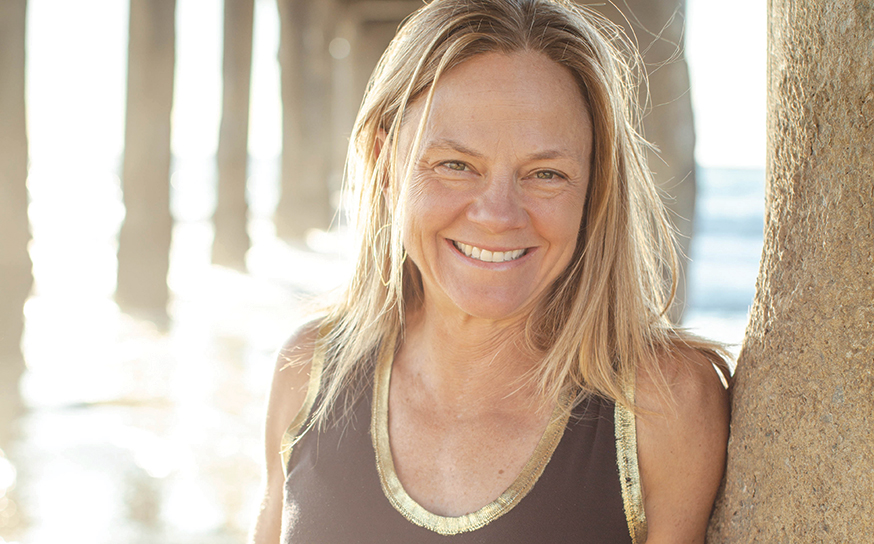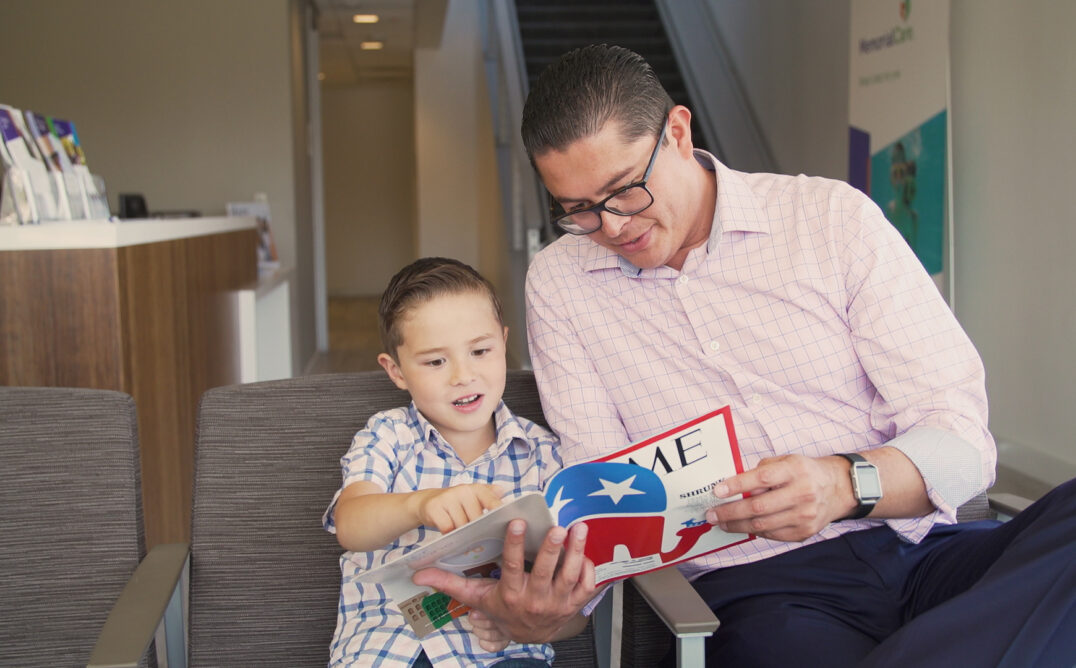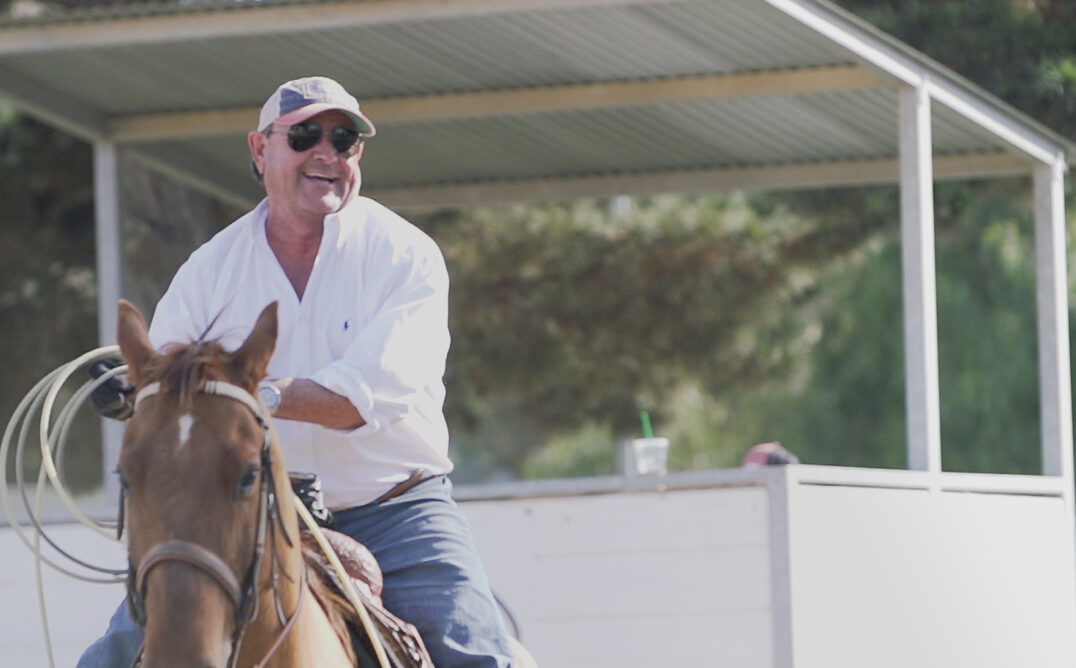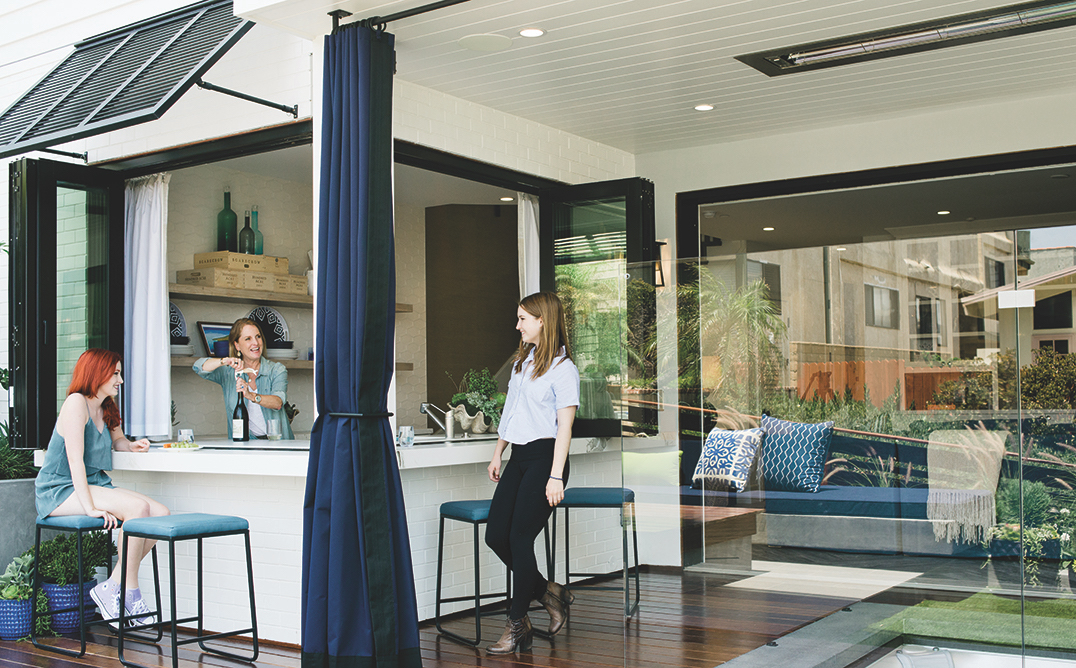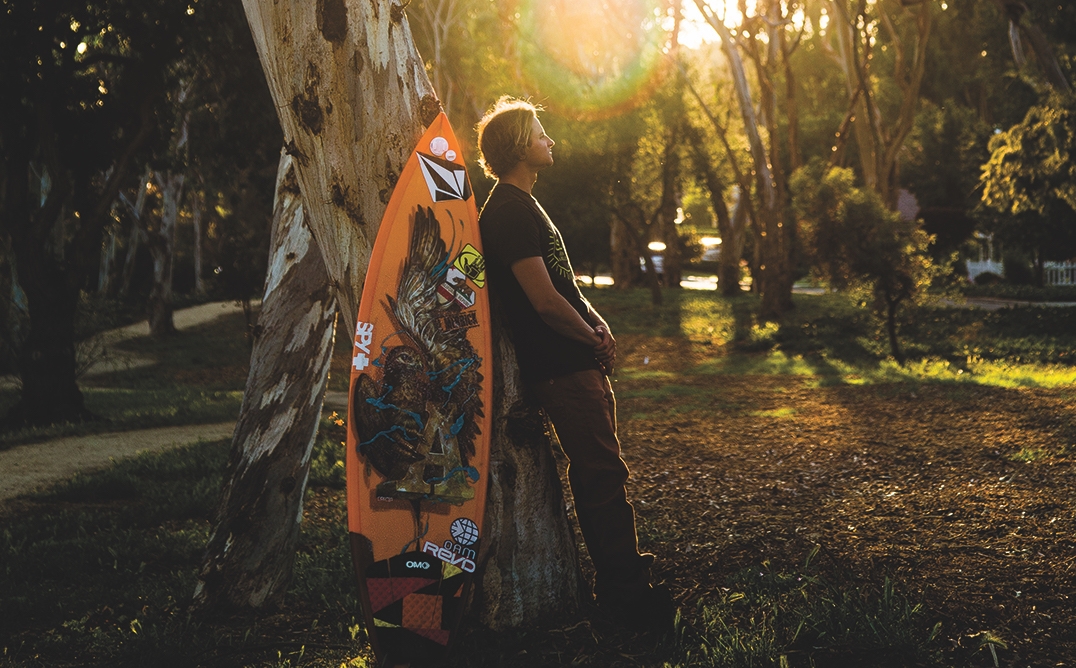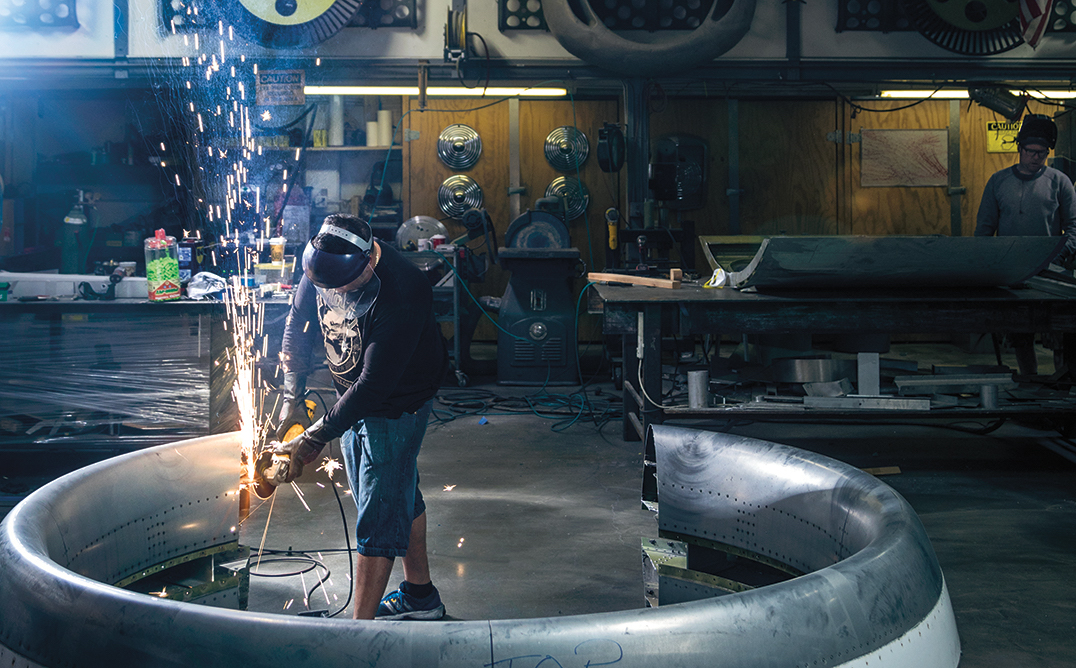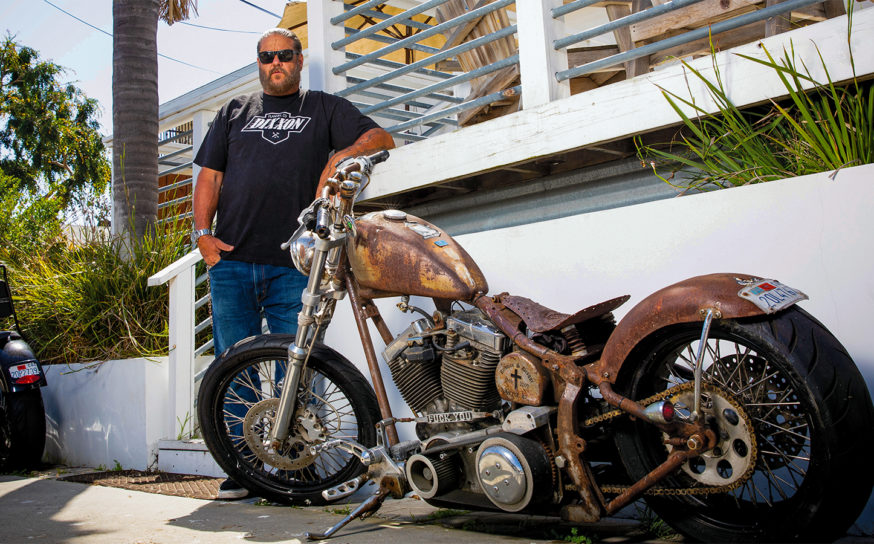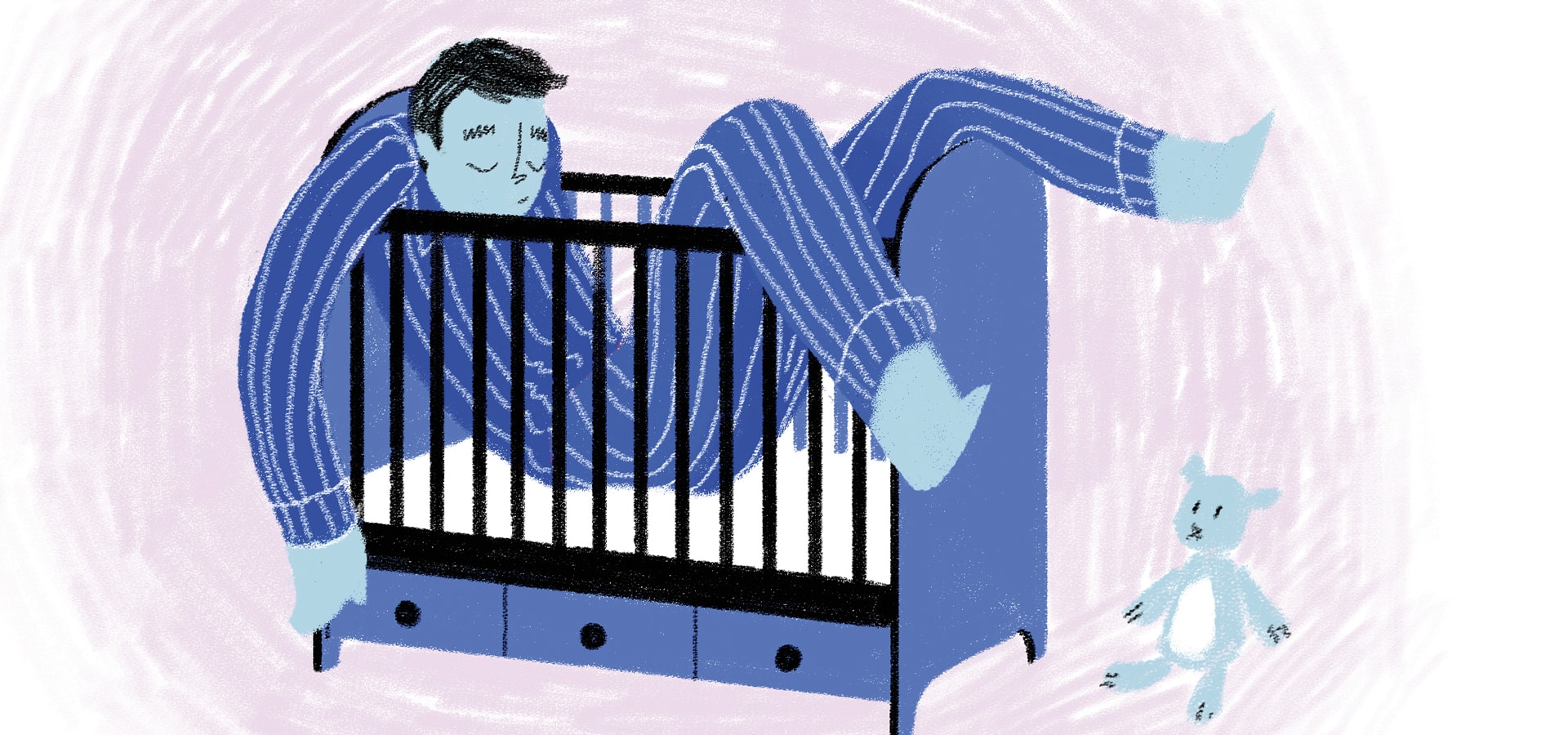
The Myth of the Empty Nest
Why parents should stop wasting energy dreading the moment the kids move on.
- CategoryPeople
- Written byJane Ulman
- Illustrated byChristine Georgiades
“When you leave for college, you’re outta here,” my father frequently reminded my siblings and me. We didn’t mind. We’d been waiting a lifetime to be liberated. And when my younger brother opted for early release to boarding school at age 15, they downsized to a small apartment. Ciao, childhood bedrooms.
My parents were early-bird empty nesters, predating that term—which originated in 1970 or later, according to dictionary.com—by at least a year. But parents of my generation and those following are different.
“Of course, you have good kids,” my mom once told me during a “discussion” about parenting. “You spend enough time with them.”
In fact, we parents want to spend so much time with our almost or full-fledged adult children that “empty nest” has become a syndrome, (though not an official clinical diagnosis). When our kids move on, many of us experience deep sadness, loneliness and even loss of identity.
But I have news for all of you millennial parents who tear up at preschool graduation thinking that one day your child will leave, and for all you Gen Xers dreading your 18-year-old’s graduation from high school, having already jotted down the exact date he or she is moving into a dorm. Don’t waste those tissues.
Today’s kids boomerang back home faster than you can say, “Let’s turn that bedroom into a meditation and yoga studio with a built-in rope wall.” According to a Pew Research Center study, 15% of young adults ages 25 to 35, as of 2016, were living in their parents’ homes.
After our sons graduated from college and snagged that first job and a place to live, we presented each with a severance package: a bed, five dress shirts, two pairs of slacks and a leather belt. But as soon as one of them changed jobs, opted to apply to graduate school or was hit by a tanking economy, he was again living at home— for periods that ranged from a few weeks to a few years. We loved having them back—especially since we no longer had to drive them to soccer practice or pack school lunches.
Our boys are gone now (really), but their memorabilia linger on. Our house is crowded with textbooks, yearbooks, trading cards—“Mom, they’re worth a lot of money. Don’t throw them out,” they warn—and Legos that don’t fit in their small, Ikea-furnished apartments. Never mind that they also don’t fit in our California ranch-style house with no attic, no basement and less than enviable closet space.
I tell my daughters-in-law (who both impressively cleaned out their own childhood rooms years ago) that as soon as they relocate to bigger digs, I’ll be showing up with boxes of their husband’s books, toys and childhood treasures. They smile, guardedly, knowing it’s not an idle threat.
Meanwhile my husband, Larry, and I are busy making room for a crib and other paraphernalia for visiting granddaughters. And now we’re thrilled the boys never moved out their children’s books, Beanie Babies and wooden blocks.
So take note, millennial and Gen X parents: The kids come back. Followed by their kids. You just have to drop the dream of a meditation and yoga studio with a built-in rope wall.
Writer Jane Ulman and her husband, Larry, plan to build a storage unit with all the Legos left behind by their four grown sons.
Southbay ‘s Annual Spring Style Guide Has the Latest Fashion Trends, Jewelry, Home Goods and Gifts!
Shop local and support our amazing businesses.








